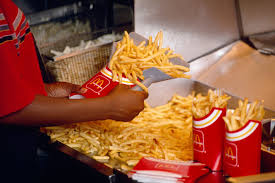Claimsmaking
Phil Sokolof showed that the new French fries that were fried in vegetable oil had significantly less saturated fat than fries that were fried in animal fat.
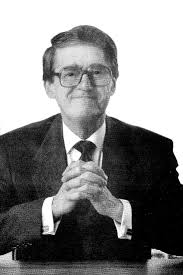
. (Picture from Google Images)
Grounds
Typifying Example
People were consuming too much saturated fat and that was leading to heart attacks.
Name
Consumption of Saturated Fat
Statistics (2)
Big Mac is equal to the amount of saturated fats you should be consuming in one day.
The old French fries were 95% animal fat.
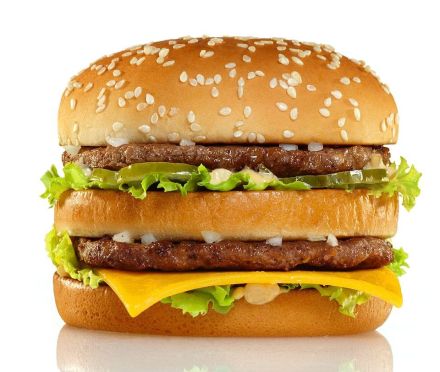
. (Picture from Google Images)
Additional Grounds
Worsening Situation
More people are being diagnosed with heart problems and suffering from heart attacks.
Kinds of People Involved
The victims in this situation are the McDonald’s customers and anyone eating at fast food restaurants.
The villains in this situation would be the McDonald’s chain restaurants.
Range of People Affected
Everyone eating at fast food restaurants, especially McDonalds.
Warrants
Phil Sokolof is asking if people want to have a heart attack like him. A big mac is consuming enough saturated fat for one day, would you want to eat that?
Conclusions
People should convert to vegetable oil instead of animal fat when frying.
Frame Alignment
Transformation is calling on supporters to reject the familiar worldview that they take for granted and adopt a new one. He used transformation to show people that vegetable oil is less in saturated fats than animal fat, and this leads to less people having heart issues.
Resource Mobilization
Phil Sokolof relied on people listening to his story, trusting his research, and understanding his issues.
Success
Phil Sokolof was successful because he was gave the public his personal story and struggle. This made a connection with the public, and gave him more credibility since he had a heart attack himself. He was incredibly passionate about this cause, he poured his money into the cause in order to make a difference in the health of everyday people.
Political or Cultural Opportunity
He took advantage of a cultural opportunity. He was able to use his story and the change in McDonald’s fries to show how the old fries were leading to health issues. McDonald’s saw Sokolof’s view as a threat and decided to change their fries so that they did not lose money from their consumers.
Ownership
He gained ownership over the issue of saturated fats in French fries, because he was able to get McDonald’s to change the way they were cooking their fries. His claim allowed all fast food restaurants to change the way they cooked their foods.
Social Problems Process
Chart on Sokolof’s Claims
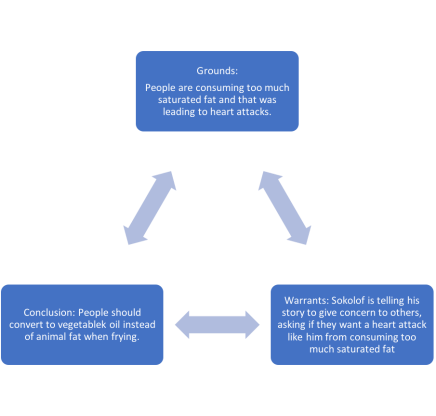
Analyzing Science
1. What is the traditional diet-heart hypothesis that Ivan Frantz set out to investigate?
The traditional diet-heart hypothesis that Ivan Frantz set out to investigate predicts that the serum cholesterol lowering effect of replacing saturated fat with vegetable oil rich in linoleic acid will diminish deposition of cholesterol in the arterial wall.
2. What evidence was used to support this hypothesis?
Evidence that was used to support this hypothesis shows that replacement of saturated fat in the diet with linoleic acid effectively lowers serum cholesterol but does not support the hypothesis that this translates to a lower risk of death from heart disease findings from Minnesota.
3. Why did Ramsden’s research team decide to re-evaluate the proven hypothesis about the traditional diet-heart relationship?
His original hypothesis was that it was supposed to lower deaths, but the acid that they were using was actually increasing the deaths.
4. What was the initial question being asked in the Minnesota Coronary Experiment?
The initial question that was being asked in the Minnesota Coronary Experiment was about the “Effects of dietary change on human cardiovascular disease.”
5. What did the MCE team set out to test?
They plan to test whether the dietary intervention reduced coronary heart disease events and deaths in the total pop.
6. Explain the serum cholesterol lowering diet- what did these people eat?
They started eating food with lower cholesterol Salad dressings filling beef, beef added with oil.
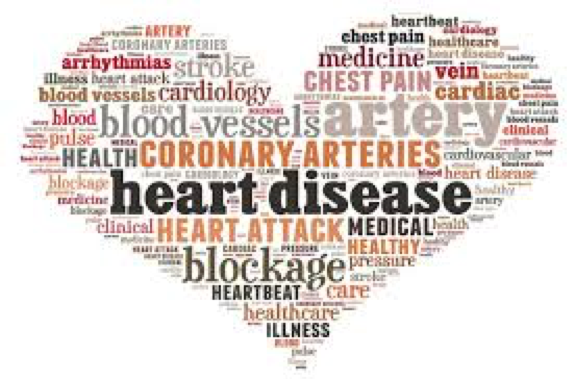
. (Picture from Google Images)
7. Explain the control diet- what did these people eat?
Common margarines and shortenings were key components of the control diet, making the daily per participant allocation from the state of Minnesota. It did not change the saturated fat intake.
8. Which of these diets seems more in line with what you have learned to be “healthier foods” in our daily lives?
The Serum cholesterol lowering diet seems more in line with what we have learned to be “healthier food” in our daily lives.
9. Did the MCE intervention lower serum cholesterol? Explain.
It would take a substantial time to identify lowering serum cholesterol in the body. It went down -13.8%. They remained the hospital for too short of time to get real results.
10. Did this reduce the risk of death? Explain.
This it actually increased the risk of death, because of the liquids that were used.
11. Was the change in serum cholesterol related to the risk of death? Explain.
It did not change, people aren’t dying in large groups but they are still dying from the same diseases. It depends on the person and if they followed the diet. It didn’t reduce death if fact people were dying faster, but it was good for cholesterol levels.
12. Based on Ramsden study, what is now the current thinking related to the use of vegetable oils rich in linoleic acid as a replacement for saturated fats? Explain.
At first vegetable oils were thought to be better for the body but in the end it was worse for the body. The acid would reduce cholesterol but it lowered life span.
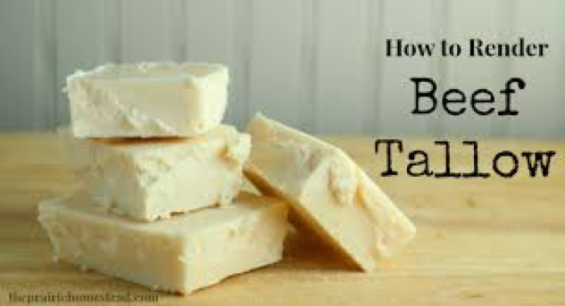
. (Picture from Google Images)
13. Why did Ivan Frantz Jr. not publish his results? How is this an example of social construction of science?
Ivan Frantz didn’t publish his results because he knew that the research his father created could have been wrong. This is an example of social construction of science because we all know science can be proven wrong after a period of time.
14. What do you think about the fact that we made large societal overhauls in health bases on research findings that turned out to be “wrong”?
They wanted people to be healthy, and people wanted it to be cheap they spend their money on healthier food. It was a cheap fix.
15. What do you think about Robert Frantz’s willingness to publish the new study that refute his father’s findings? Would you do this? How is this an example of the social construction of science?
He thought it was better for people to know and people could have done more research into the fact. We would do this if it was helping people. It proves science is not always right.
16. Which category of science do the Frantz and Ramsden studies fall into (Physical, Biological, Social)?
It falls into all of the categories because physical and biological are the research behind the experiment and social the different opinions and theories behind it.
17. Based on the category of science, what are some expectations we should have related to the results?
It’s not always bad to get a second opinions because doctors are humans too. Research isn’t always right and possibly change everyday.
18. How did Ivan Frantz Jr. bring his own personal beliefs and biases with him to the study of heart disease think about what Robert Frantz has to say about his childhood?
Ivan is probably biases because of what his father did to him, testing his blood every month to check cholesterol levels.
Making a Claim
Claim
Do you really know what’s in your food?
Audience
Our audience is the students, faculty, and staff of Newberry College. We are trying to convince our audience that people generally aren’t aware of what is in their food and how it affects their body. What we think is healthy, may be harmful in the long run. This will mostly be directed towards athletes, who in general, are mindful with that they are putting into their bodies.
Grounds
Typifying
One example of this would be when McDonald’s workers began to use vegetable oil instead of beef tallow. Once the vegetable oil is heated in the fryer, the oil breaks down and ruins the oil and aldehyde forms. Aldehydes are highly flammable and combustible, which would result in worker’s clothes spontaneously combusting when they came in contact with each other. This goes to show how unstable vegetable oil is when it is heated. That is done on the clothing that the fry cooks were wearing- imagine what is happening on the inside of the body of the consumers.
Name
Is your food killing you?
Statistics
According to one statistic, for every 30-points participant’s cholesterol dropped, they were at a 22% higher risk for dying sooner.
Another statistic states that one 20-ounce soda increases your risk of heart attack by 30%, reassuring that heart disease and heart problems is not linked to saturated fats, but by sugar.
Additional Grounds
Worsening Situation
Over the last 100 years, unsaturated fat consumption has become a growing issue; linoleic acid intake has been estimated to been around 2-3% of calories 100 years ago, but today has increased to 7% of total calorie intake.
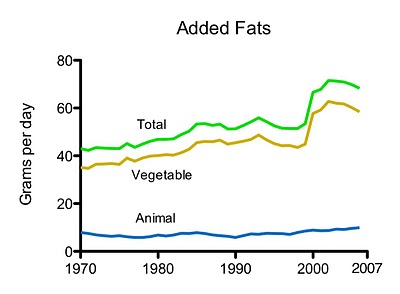
. (Graph depicting intake of fats added to foods- e.g., shortening in crackers)
Kinds of People Involved
The victims in this situation would be the consumers and the villains are the fast food industries that changed their oils from beef tallow to vegetable oil.
Range of People Affected
Everyone that eats unsaturated fats are affected by this. They are led to believe that vegetable oils are a healthier option when compared to saturated fats, but people are not aware of the unintended consequences of using vegetable oils instead of beef tallow. An unintended consequence include the consumption of toxic aldehydes that are being released by the vegetable oils are heated to a frying temperature.
Warrants
This is a troubling issue because this affects everyone- consumers need to be more aware of what they are consuming because there are long term consequences to these “healthier” options. Although the Minnesota study shows that eating unsaturated fats lead to lower cholesterol, it did not show that it prolonged life expectancy.
Saturated fat also was preferred over unsaturated fat when it comes to taste and quality of the product. Traditionally, McDonalds sold French fries in one size- 2.4 oz. Now, the largest size you can get is 5.9 ounces, which is more than TWICE the size of the original size. With the lower quality there is an increase in quantity, which leads to consuming more, unnecessary calories.
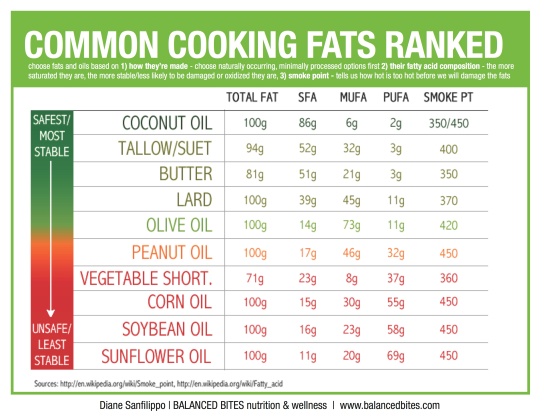
. (Picture from Google Images)
Conclusions
- One way we can bring attention to our issue would be setting up a table outside Chick Fil A or the cafeteria to draw in students to our issue. There, we would have two kinds of French fries in similar baskets, one batch of fries that are fried in beef tallow and one batch that is fried in vegetable oil. Then have students try each fry, without letting them know which is which, and ask them which tasted better. We would then inform the students of the kind of oil they were fried in and give them some statistic and information on how beef tallow was used up until 1990. We would also provide them with an informational brochure about the differences between saturated and unsaturated fats and the health benefits and repercussions.
- Another way we can bring attention to our issue would be setting up a table outside Chick Fil A or the cafeteria to draw in students to our issue. There, we would have two kinds of real, autopsied hearts set up for students to observe. One would be from a donor who consumed saturated fats, and one who consumed unsaturated fats. These hearts would be dissected so that the coronary artery is exposed and allow students to touch them and see the difference between the two. This would provide a visual aid to show what the different fats are doing to our bodies.
Resource Mobilization
The resources that will be the most important to our group would be food and human hearts. This is the case because they are the sales point in our demonstrations. We need the French fries to be fried in beef tallow and vegetable oil to show the difference in taste and texture, and the human hearts to show the effect that the beef tallow and vegetable oil have on the human bodies.
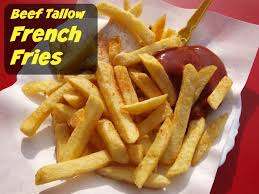
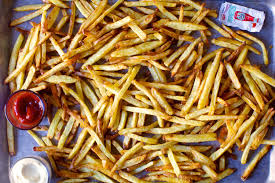
(Picture from Google Images) (Picture from Google Images)
Cultural Opportunity
In this instance, cultural opportunity is when the public and individuals have an increased interest in a group’s claims prior to an event occurring. We would be able to take advantage of this cultural opportunity since more and more people are becoming concerned with what they eat and what kinds of effects that certain foods have on their bodies. We are facing a health crisis in the United States, so something needs to change in order for us to get public health back under control.
Political Opportunity
Political opportunities to promote activist’s claims arise when the distribution of power among different groups shifts so that changes that previously would have been resisted, can now be implemented. A political opportunity that we could take advantage of would be the by gaining the public attention and hopefully gaining the support or interest of an advocate. By doing this, it could reach public office for there to be another big change in the fast food industry and the use of vegetable oil to fry foods in.
Reflections
Sokolof and the Ramsden Study
The work that Sokolof did and the changes he made in the context of the re-evaluation of saturated fats from the Ramsden study did seem smart at first, the outcome did not show. Instead it did the opposite of his intentions.
Science as a Discipline
Science is constantly changing- if it’s our understanding or the science itself. It is very conflicting because every time they change the understanding to what is problematic they make it worse, and keep changing and changing it in the end it only seems to get worse.
Ex) Ramsden original hypothesis was proven wrong. By lowering the saturated fats it was supposed to lower deaths but instead it increased death rate by the harmful acids in the vegetable oils.
This hypothesis being proved wrong created controversy- the theory was that by lowering saturation it will result in an increase a persons life span, but instead, the acids lowered the cholesterol levels and decreased the life span.
Challenges to face as a Claimsmaker
Being a claims maker about the harms of linoleic acid would be the persuasion of making people understand what linoleic acid does to the body. Most people don’t know what linoleic acids are and what they do, and the only thing that they will be interested in is whatever way they can hear that won’t make them change the way they are eating and keep thinking that fast food will get healthier just cause they say it will.
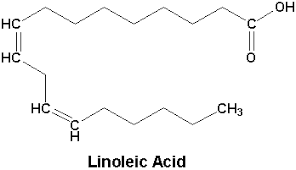
. (Picture from Google Images)

